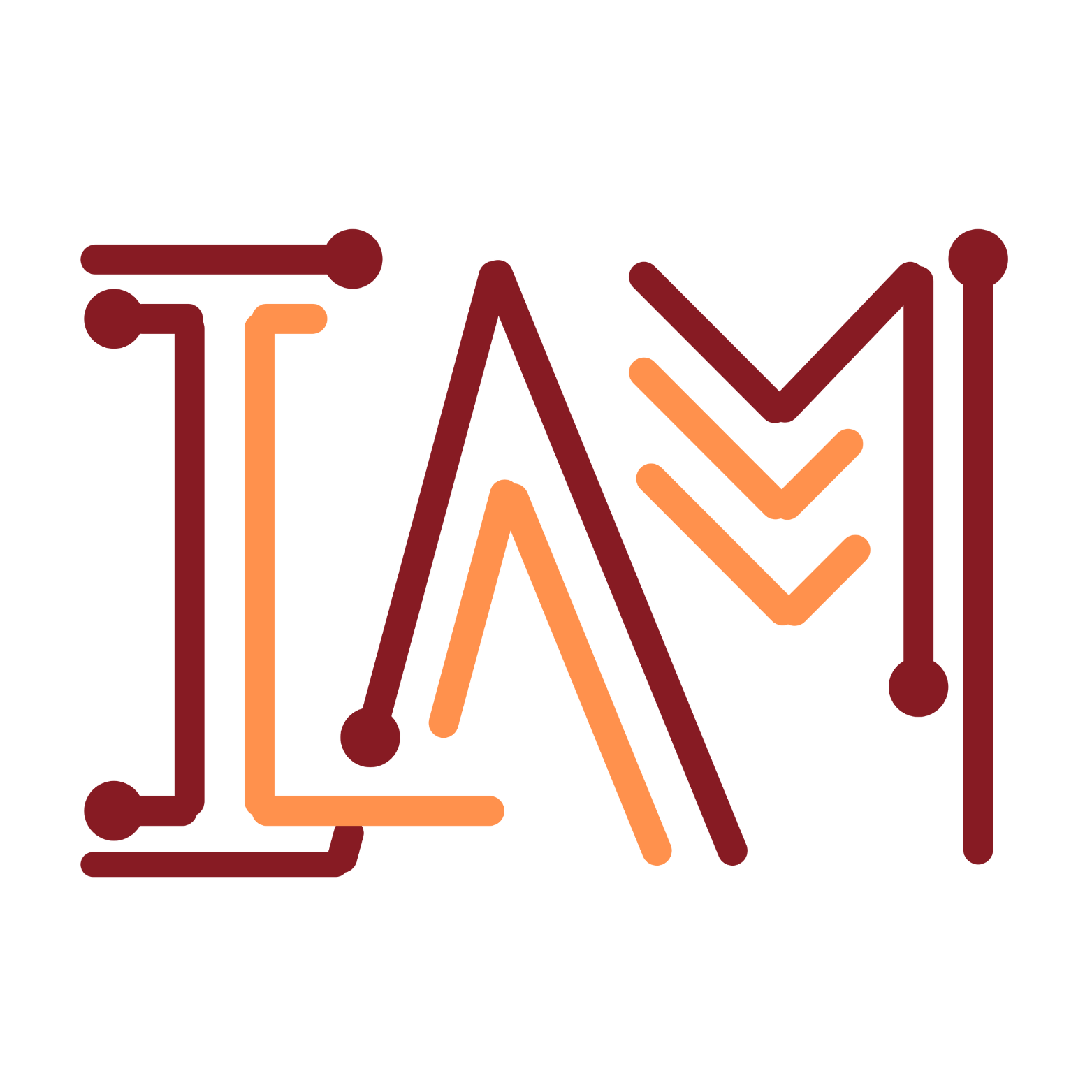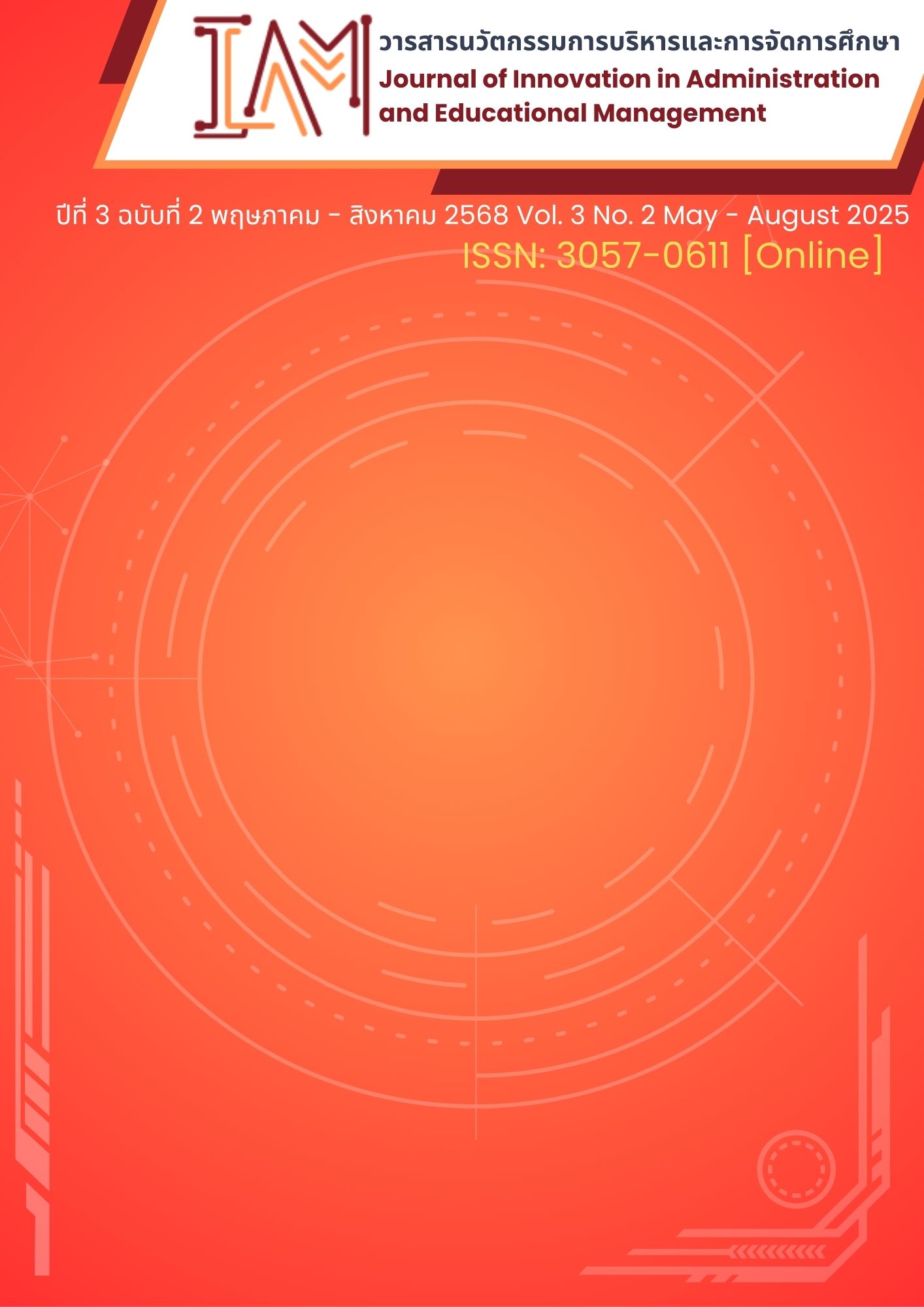การเสริมสร้างสมรรถนะของครูในการใช้ทักษะ “จิต 5 ลักษณะเพื่ออนาคต”
คำสำคัญ:
จิต 5 ลักษณะเพื่ออนาคต, การฝึกอบรม, องค์กรปกครองส่วนท้องถิ่น, สมรรถนะของครูบทคัดย่อ
การวิจัยครั้งนี้มีวัตถุประสงค์เพื่อ เสริมสร้างสมรรถนะของครูในการใช้ทักษะ “จิต 5 ลักษณะเพื่ออนาคต” และ ศึกษาระดับความพึงพอใจของครูที่เข้าร่วมการอบรม รูปแบบการวิจัยเป็นแบบกึ่งทดลอง (Quasi-experimental design) กลุ่มเป้าหมาย ได้แก่ ครูจำนวน 200 คน ที่สมัครเข้าร่วมอบรมตามหลักสูตรที่ออกแบบขึ้นเป็นพิเศษโดยใช้กิจกรรมการเรียนรู้เชิงสร้างสรรค์และการสะท้อนคิดอย่างมีเป้าหมาย เครื่องมือวิจัย ได้แก่ แบบประเมินสมรรถนะ และแบบสอบถามความพึงพอใจ วิเคราะห์ข้อมูลด้วยสถิติพื้นฐาน ได้แก่ ค่าเฉลี่ย ส่วนเบี่ยงเบนมาตรฐาน และค่าขนาดของผล (Effect Size) ตามดัชนีของ Cohen’s d
ผลการวิจัยสรุปได้ดังนี้. 1. ครูมีสมรรถนะในด้านจิต 5 ลักษณะเพิ่มขึ้นหลังการอบรม โดยคะแนนเฉลี่ยสมรรถนะรวมก่อนอบรมเท่ากับ 2.50 (ส่วนเบี่ยงเบนมาตรฐาน = 0.22) และหลังอบรมเท่ากับ 4.19 (ส่วนเบี่ยงเบนมาตรฐาน = 0.44) โดยจิตแห่งจริยธรรมมีพัฒนาการสูงสุด (d = 1.95) รองลงมาคือจิตแห่งความเคารพ (d = 1.87) และจิตแห่งวิทยาการ (d = 1.66) ตามลำดับ 2. ความพึงพอใจต่อการอบรมในภาพรวมอยู่ในระดับมาก โดยเฉพาะด้านเนื้อหาและการนำไปใช้
ผลการวิจัยสะท้อนให้เห็นถึงประสิทธิภาพของการอบรมที่สามารถส่งเสริมสมรรถนะเชิงจิตของครูได้อย่างมีระบบ สอดคล้องกับแนวคิดของ Gardner (2006) ที่เน้นการพัฒนาทักษะทางจิตผ่านกระบวนการเรียนรู้ และแนวคิดของ Guskey (2002) ที่เสนอว่าการอบรมครูต้องออกแบบให้เกิดผลลัพธ์ที่ชัดเจนและต่อเนื่องในพฤติกรรมการสอน
Downloads
เอกสารอ้างอิง
Banks, J. A. (2019). An introduction to multicultural education (6th ed.). Pearson.
Burke, L. A., & Hutchins, H. M. (2007). Training transfer: An integrative literature review. Human Resource Development Review, 6(3), 263–296.
Cohen, J. (1988). Statistical power analysis for the behavioral sciences (2nd ed.). Hillsdale, NJ: Lawrence Erlbaum Associates.
Darling-Hammond, L. (2000). Teacher quality and student achievement: A review of state policy evidence. Educational Policy Analysis Archives, 8(1), 1-44.
Darling-Hammond, L., Flook, L., Cook-Harvey, C., Barron, B., & Osher, D. (2020). Implications for educational practice of the science of learning and development. Applied Developmental Science, 24(2), 97–140.
Deci, E. L., & Ryan, R. M. (2000). The “what” and “why” of goal pursuits: Human
needs and the self-determination of behavior. Psychological Inquiry, 11(4), 227–268.
Freeman, S., Eddy, S. L., McDonough, M., Smith, M. K., Okoroafor, N., Jordt, H., & Wenderoth, M. P. (2014). Active learning increases student performance in science, engineering, and mathematics. Proceedings of the National Academy of Sciences, 111(23), 8410–8415.
Gardner, H. (2006). Five minds for the future. Harvard Business Press.
Gardner, H. (2008). Multiple intelligences: New horizons in theory and practice. Basic Books.
Gay, G. (2018). Culturally responsive teaching: Theory, research, and practice (3rd ed.). Teachers College Press.
Guskey, T. R. (2002). Professional development and teacher change. Teachers and Teaching, 8(3), 381-391.
Heckman, K., & Best, S. (2015). Understanding the learner experience in training programs. Journal of Workplace Learning, 27(5), 355–369.
Immordino-Yang, M. H., & Damasio, A. (2007). We feel, therefore we learn: The relevance of affective and social neuroscience to education. Mind, Brain, and Education, 1(1), 3–10.
Jensen, E. (2008). Brain-based learning: The new paradigm of teaching (2nd ed.). Corwin Press.
Kolb, D. A. (1984). Experiential learning: Experience as the source of learning and development. Prentice Hall.
Korthagen, F., Kim, Y. M., & Greene, W. L. (2014). Teaching and learning from within: A core reflection approach to quality and inspiration in education. Routledge.
Ladson-Billings, G. (2021). Culturally relevant pedagogy: Asking a different question. Teachers College Record, 125(2), 1–16.
Merriam, S. B., & Bierema, L. L. (2013). Adult learning: Linking theory and practice (2nd ed.). Jossey-Bass.
Niemiec, C. P., & Ryan, R. M. (2009). Autonomy, competence, and relatedness in the classroom: Applying self-determination theory to educational practice. Theory and Research in Education, 7(2), 133–144.
Prince, M. (2014). Does active learning work? A review of the research. Journal of Engineering Education, 93(3), 223–231.
Perkins, D. (2009). Making Learning Whole: How Seven Principles of Teaching Can Transform Education. Jossey-Bass.
Perkins, D. (2010). Making learning whole: How seven principles of teaching can transform education. Jossey-Bass.
Savery, J. R. (2015). Overview of problem-based learning: Definitions and distinctions. Interdisciplinary Journal of Problem-Based Learning, 1(1), 9–20.
Sawyer, R. K. (2019). The Cambridge handbook of the learning sciences (2nd ed.). Cambridge University Press.
Sitzmann, T., & Weinhardt, J. M. (2019). Training engagement theory: A multilevel perspective on the effectiveness of work-related training. Journal of Management, 45(6), 2514–2541.
ดาวน์โหลด
เผยแพร่แล้ว
รูปแบบการอ้างอิง
ฉบับ
ประเภทบทความ
สัญญาอนุญาต
ลิขสิทธิ์ (c) 2025 วารสารนวัตกรรมการบริหารและการจัดการศึกษา

อนุญาตภายใต้เงื่อนไข Creative Commons Attribution-NonCommercial-NoDerivatives 4.0 International License.






